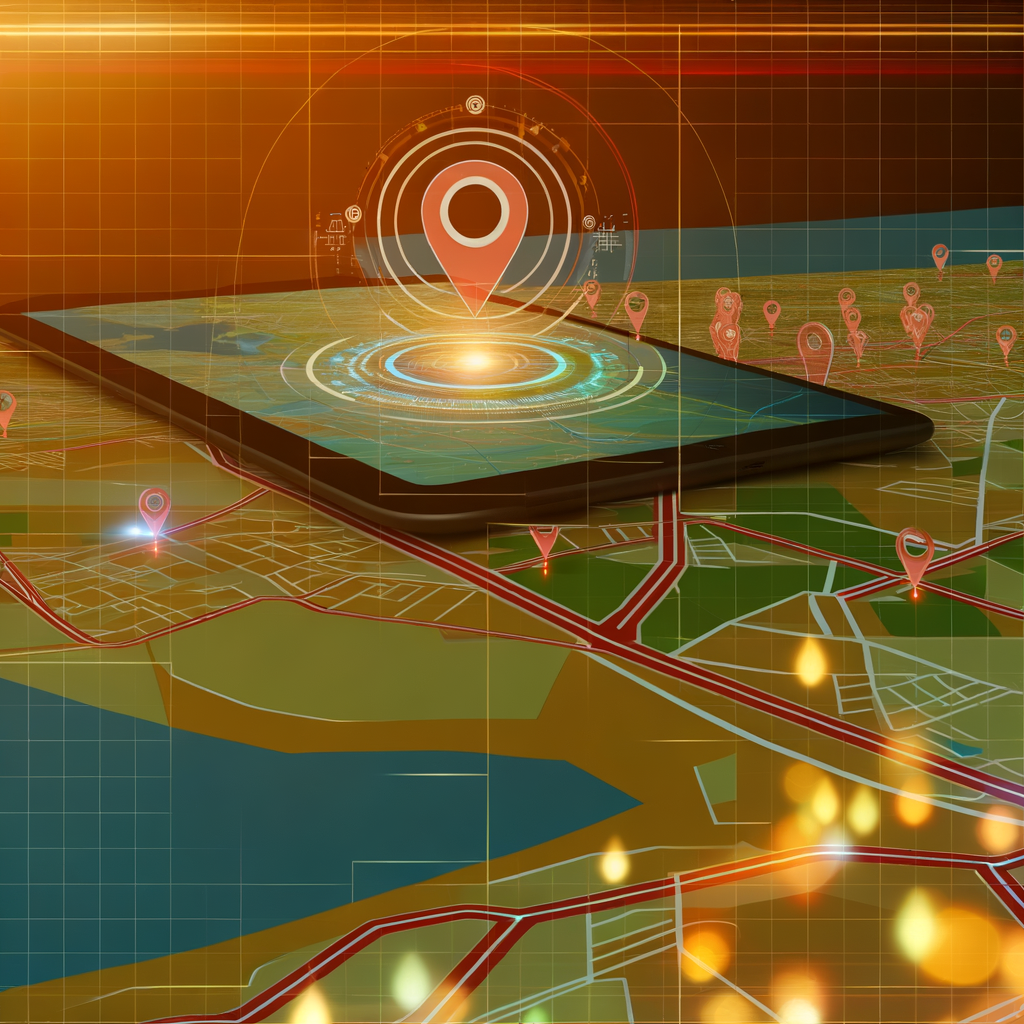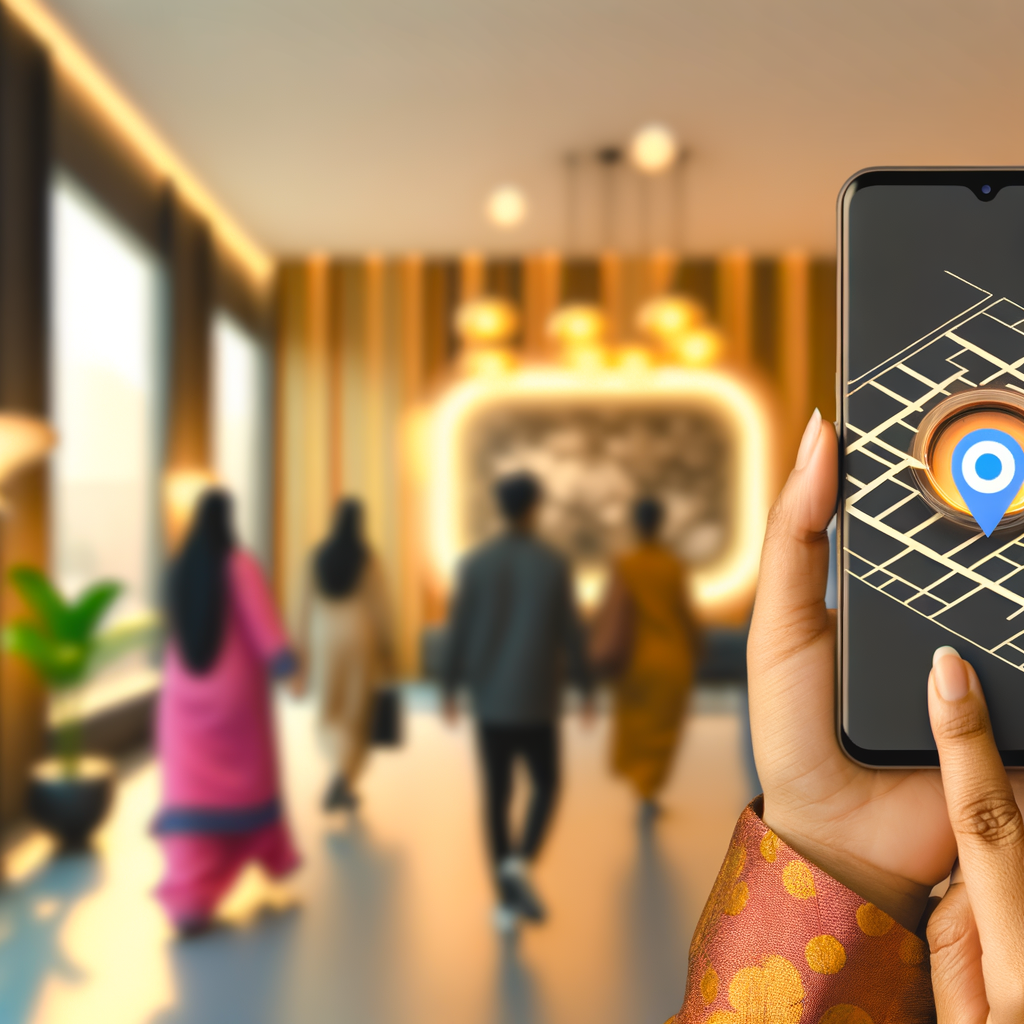Imagine owning a shopping plaza or managing a bustling mall. With real-time mapping, you’re no longer just hoping your visitors find their way around seamlessly—you ensure it. Traditional static maps are useful, but they don’t account for the dynamism of a busy shopping environment. Store layouts change, pop-up events occur, and sometimes detours are necessary due to maintenance. Real-time mapping can integrate these dynamic factors effortlessly, offering your visitors a living, breathing map that reflects the current status of your venue. This reduces the guesswork for shoppers and increases their likelihood of finding what they’re looking for efficiently, enhancing their overall shopping experience.
For electronic kiosk companies and those in the eSignage sector, integrating real-time mapping capabilities into your systems can elevate your product offerings significantly. You’re providing not just directions but a service that recognizes the fluid nature of modern environments. For example, a kiosk equipped with real-time mapping at the entrance of a shopping plaza isn’t just a digital display. It’s a smart assistant for visitors, providing pertinent updates such as which areas are crowded, which stores have ongoing sales, or guiding them to the quickest route to their destination. This kind of utility can make your kiosks indispensable in a crowded field, setting you apart from competitors and turning installations into must-have assets for malls and public spaces.
But why should you, as a shopping plaza owner or mall manager, care about integrating real-time mapping technology? Simply put, it enhances visitor satisfaction and encourages repeat visits. By removing obstacles from the shopping journey, visitors spend more time engaging with the stores and services you offer rather than getting frustrated trying to navigate. This seamless navigation translates to happier customers, and happy customers are more likely to return, recommend, and extend their visits. In an era where customer experience is king, being able to offer such a seamless interaction can increase foot traffic and ultimately, your revenue.
Moreover, real-time data collected from these mapping technologies can provide invaluable insights into shopper behavior and trends. Understanding which areas attract the most visitors, identifying popular routes, and uncovering bottlenecks allows you to optimize the layout and placement of signage or kiosks, enhancing operational efficiency. These insights can also empower you to make more informed decisions about where to allocate resources, plan renovations or expansions, and even strategize marketing efforts.
The rise of real-time mapping signifies more than just a technological upgrade; it’s a chance to revolutionize the way you manage spaces and interact with customers. For businesses willing to embrace this change, the benefits are evident—increased satisfaction, operational clarity, and ultimately, a more successful, visitor-centric environment. As the VP of Sales at Finimaps, I’m excited to witness how forward-thinking businesses leverage this innovation to not only keep up with the digital age but to lead their industries in providing exceptional experiences. Embracing real-time mapping is not just about keeping up; it’s about stepping ahead and charting a path toward a smarter, more connected future.




